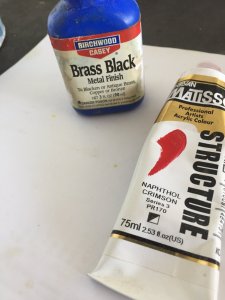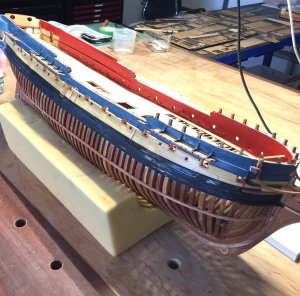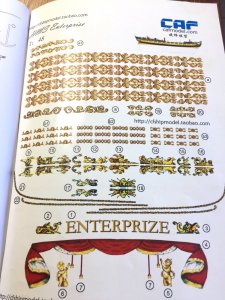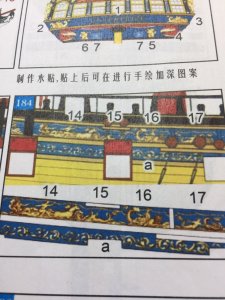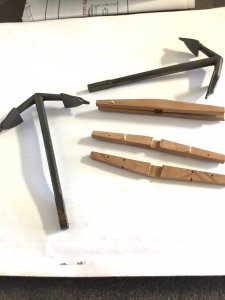Good-day, John. I doubt it would be possible to improve on D Antscherl. Firstly, he has been a ship-modeller since he was a boy. Secondly he reveals the details of each stage of building in very considerable detail with excellent diagrams and photographs. This would be a fascinating topic in its own right - but the book will save you many hours of puzzlement and frustration. It will cover any ship for the period 1760 - 1800 for reasons I take the liberty to explain below.
You will know, I have no doubt, that the Royal Dockyards were the largest industrial enterprise in Europe in this period.The Admiralty insisted on precise standards of construction, materials and dimensions. This was partly in an attempt to control corruption, the scale of which was notorious - government work.
Combined with the conservative nature of the Master Shipwrights it is fair to say that construction methods were largely similar for a long period of time and also across several classes of ship by Rate. Furthermore, there were no power tools/production machinery in this era so a standard construction process was essential for building precision and, consequently, seaworthiness. To say nothing of absorbing the shock of recoil on firing a broadside when 'doing the business'.
Volume II commences with Chapter 7 and deals with the counter-timbers. Thereafter the framing of the decks, the ship's fittings ... it's a masterpiece.
I hope this helps - and I that I do not hear the sound of sucking eggs!
Aye,
Hamish.
You will know, I have no doubt, that the Royal Dockyards were the largest industrial enterprise in Europe in this period.The Admiralty insisted on precise standards of construction, materials and dimensions. This was partly in an attempt to control corruption, the scale of which was notorious - government work.
Combined with the conservative nature of the Master Shipwrights it is fair to say that construction methods were largely similar for a long period of time and also across several classes of ship by Rate. Furthermore, there were no power tools/production machinery in this era so a standard construction process was essential for building precision and, consequently, seaworthiness. To say nothing of absorbing the shock of recoil on firing a broadside when 'doing the business'.
Volume II commences with Chapter 7 and deals with the counter-timbers. Thereafter the framing of the decks, the ship's fittings ... it's a masterpiece.
I hope this helps - and I that I do not hear the sound of sucking eggs!
Aye,
Hamish.





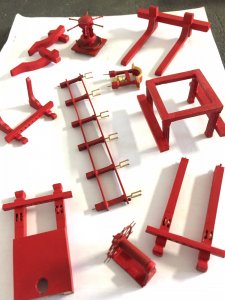
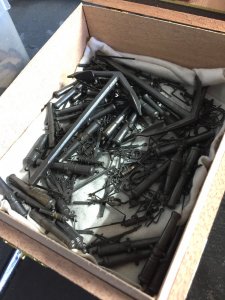
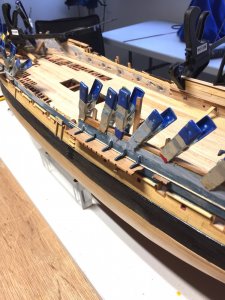
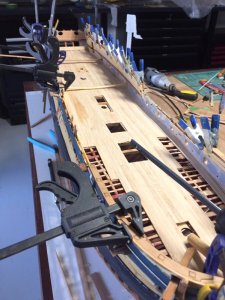


 Despite the kits shortcomings regarding instructions,you get an awful lot for your money,I wouldn't relish the thought of cutting all that timber myself,far too much monotony to be enjoyable.Never mind the fact if I was to buy enough Pear in the UK to produce that we are talking four figures!
Despite the kits shortcomings regarding instructions,you get an awful lot for your money,I wouldn't relish the thought of cutting all that timber myself,far too much monotony to be enjoyable.Never mind the fact if I was to buy enough Pear in the UK to produce that we are talking four figures!


